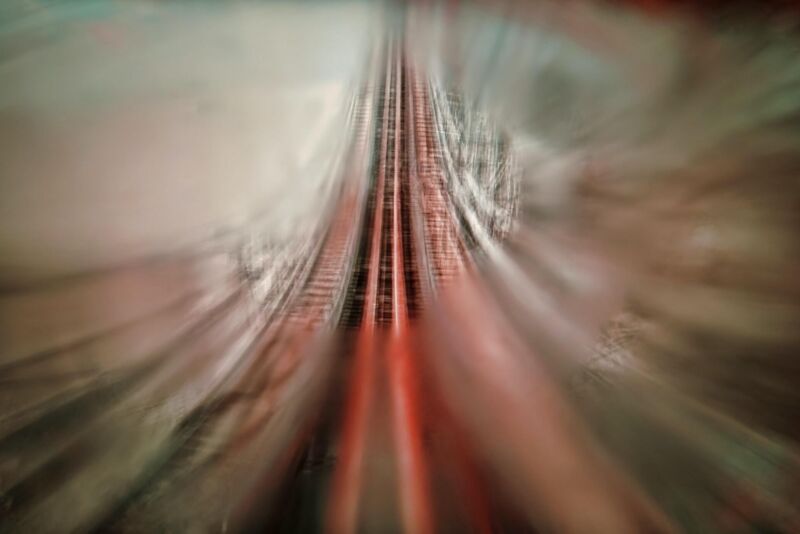Moderate
A list

Pescetti ~ Presto (A1). In some ways, this is evidence enough that Baroque pieces are made from simple chordal sequences and scale passages! Taking the structure as a means by which to learn this piece could work well. Once this is understood, the patterns themselves are straightforward although the tempo should be brisk. The touch should be light, although not staccato, in the right hand. A lightly detached style works well in the left hand. There are countless opportunities to apply terraced dynamics to the phrasing. Notice how this is done in a similar piece on the organ (Bach - Gigue fugue):
Chaminade ~ Idylle (B2) oozes sentiment. It's a piece that benefits from generous phrasing, spaciousness, and care for the moulding of the lines. Giving it sufficient freedom and rubato helps to allow the piece to have its own voice and to communicate that sense of a pastoral scene that the footnote mentions. It is essential to use pedal, and the judicious markings in the printed score will be fine.
pianist ~ Peter Noke
C.P.E.Bach ~ Andante (B4) is quite a sophisticated piece, very much in the style of an aria. Flexible phrasing that incorporates an understanding of the harmonic flow and awareness of the imitation between the hands will help to achieve a persuasive sense of musical interest.
Vaughan Williams ~ Valse Lente (B10) is typically nostalgic, with sadness and more autumnal than spring colours at its heart. There are numerous repetitions of the theme, requiring a change of tonal projection from left to right hand. Comfortable balancing of textures is important in order to realise the easy-going musical flow. There are some lovely harmonies and delicious musical moments.
Trad. Malay ~ Voyage of the Sampan (B13) is a delightful, peaceful piece. Its musical success will depend on the control of playing at quieter dynamic levels and the ability to achieve a beautifully even and flowing tone through the many quaver runs captured in pedal. Read about this collection of folksongs and discover more about music from South East Asia here:
https://pianodao.com/2021/10/0...
_____________________________
C list

George Nevada ~ Ninette's Musette (B2) is a wistful, expressive piece in the form and feel of what is essentially a gentle waltz. Be generous with the singing tone of the top line and the rubato too, then this will be a rewarding piece to learn and to play.
Maikapar ~ At the Smithy (C4) is an energetic and solidly rhythmic piece, with its forte tone and bright accents. There is a short middle section with imitation between the hands.
Avo Pärt ~ Fūr Anna Maria (C7). There is a clean, open sense of character in this simple piece. It comprises a repeated harmonic structure, much along the lines of a ground bass in 20th century style, with right hand embellishments in the form of quaver and semiquaver movement based around chords I - IV - V.
Prokofiev ~ Marche (B8) is a good choice for a range of pupils. It's an exercise in achieving crisp consistency of articulation in chord playing, and a good challenge for playing with metronomic precision. It's also got a lot of character. It is well worth checking the notes carefully for accuracy through some of the more chromatic passages.
Trad. ~ Shanandoah (C10). A good opportunity to play this lovely traditional American folk song. Apart from bringing out the various melodic lines, be sure to use the pedal with care where the chordal parts sustain across the beat, so as not to unnecessarily blur the clean moving quavers of the lyrical lines.
Check out this performance from the famous bass-baritone, Paul Robeson. His voice has become synonymous with the history of the North American spiritual with its unique vocal quality and emotional communication. It has been said of him that 'he had such a powerful and resonant voice, like honey poured over thunder'.
Grieg ~ In the Hall of the Mountain King (B11) may well be better known in its orchestral or piano duet version. This effective arrangement makes it suitably accessible for most, fairly confident pianists at this level. The amount of accelerando is up to you; some is needed, but it need not be wild - unless you have the control to make it that exciting, and then go for it!
Here's a fun animation:
_____________________________
Other content in “Grade 4”
-
Current: Moderate
